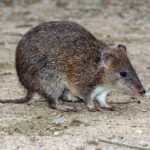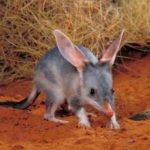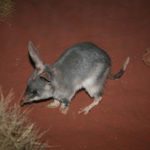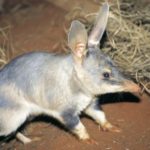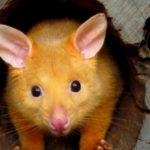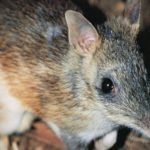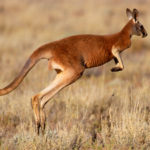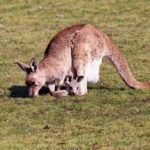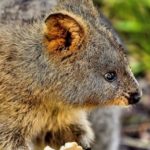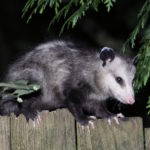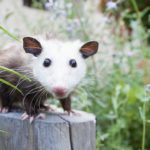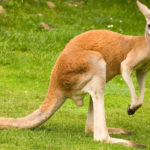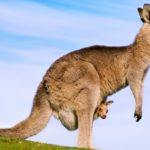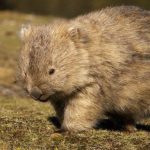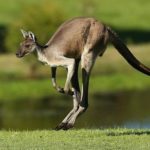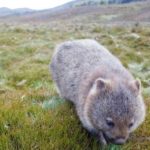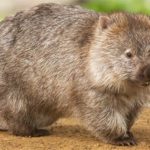Bandicoots – information
 Bandicoots are small and medium marsupials. They are found only in the wild in Australia and New Guinea. All bandicoots have some common characteristics: they are all quite small, four-legged and lead a predominantly nocturnal lifestyle. They, as a rule, have “rat” features – long noses and hunched backs.
Bandicoots are small and medium marsupials. They are found only in the wild in Australia and New Guinea. All bandicoots have some common characteristics: they are all quite small, four-legged and lead a predominantly nocturnal lifestyle. They, as a rule, have “rat” features – long noses and hunched backs.
Bandicoots use their powerful hind legs to move around like kangaroos. Bandicoots are for the life of a loner, and they usually gather together with other representatives of the species, only to acquire offspring.
Being marsupials, after birth, the baby bandicoot climbs into a bag located in the front of the mother’s body. Pregnancy takes only 12 days. This is the shortest period among all known mammals. After birth, bandicoots spend about 8-10 weeks in their mother’s bag. During this time they grow furred, and their eyes open.
At the age of 5 months the bandicoot reaches maturity and is ready to have its own offspring. Bandicoots are small creatures and are often the victims of predators, such as birds, foxes, dingoes and snakes. The most famous types of bandicoots are the long-nosed bandicoot, short-legged bandicoot and bilbi.
The brightest representative of this genus is the golden bandicoot, which at the moment is on the verge of extinction and is listed in the Red Book. This species has a yellowish-brown or dark-brown color of the entire wool cover, abdomen as well as long-nosed white. As it is clear from the title has a short muzzle. The tail is short, covered with sparse hairs.
As food prefer insects and worms. During breeding, the female can bring 2 to 8 cubs at a time.
